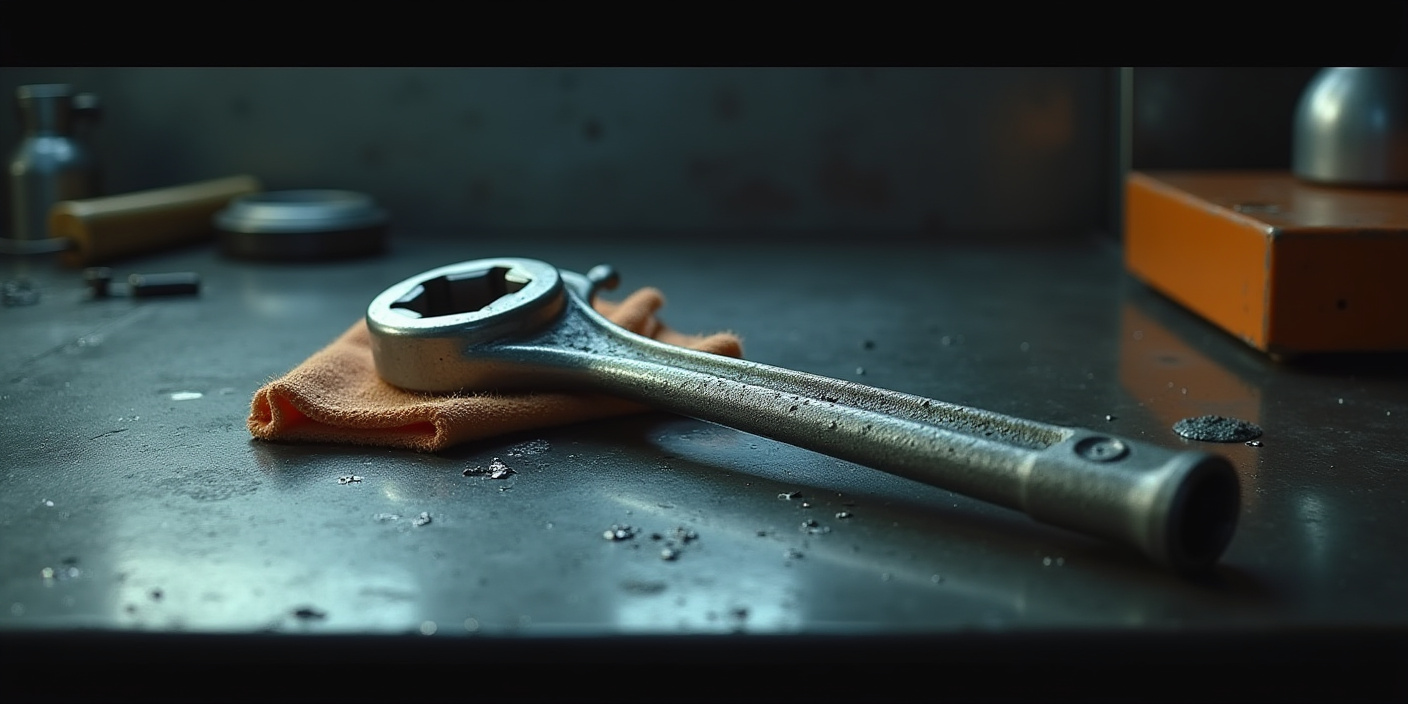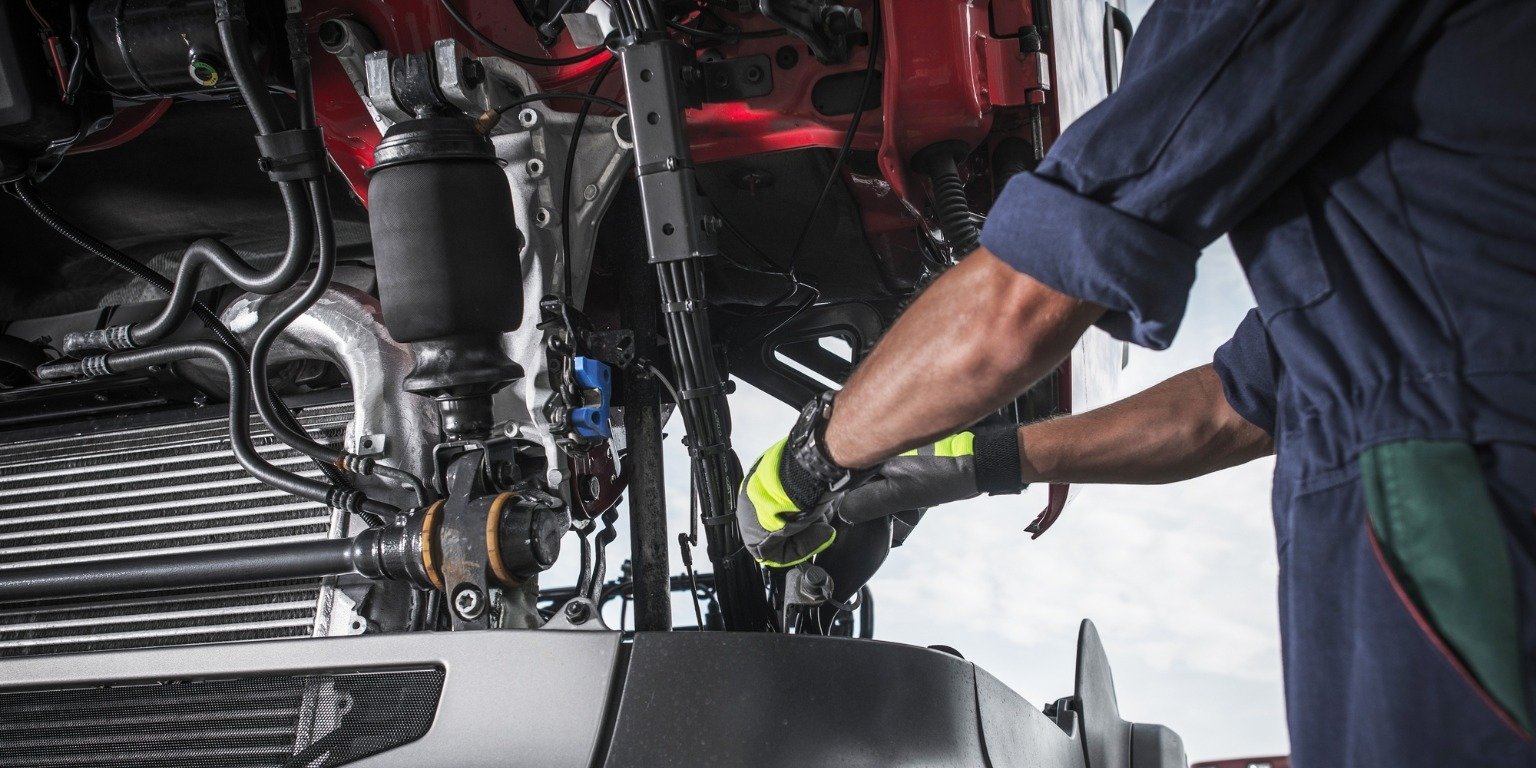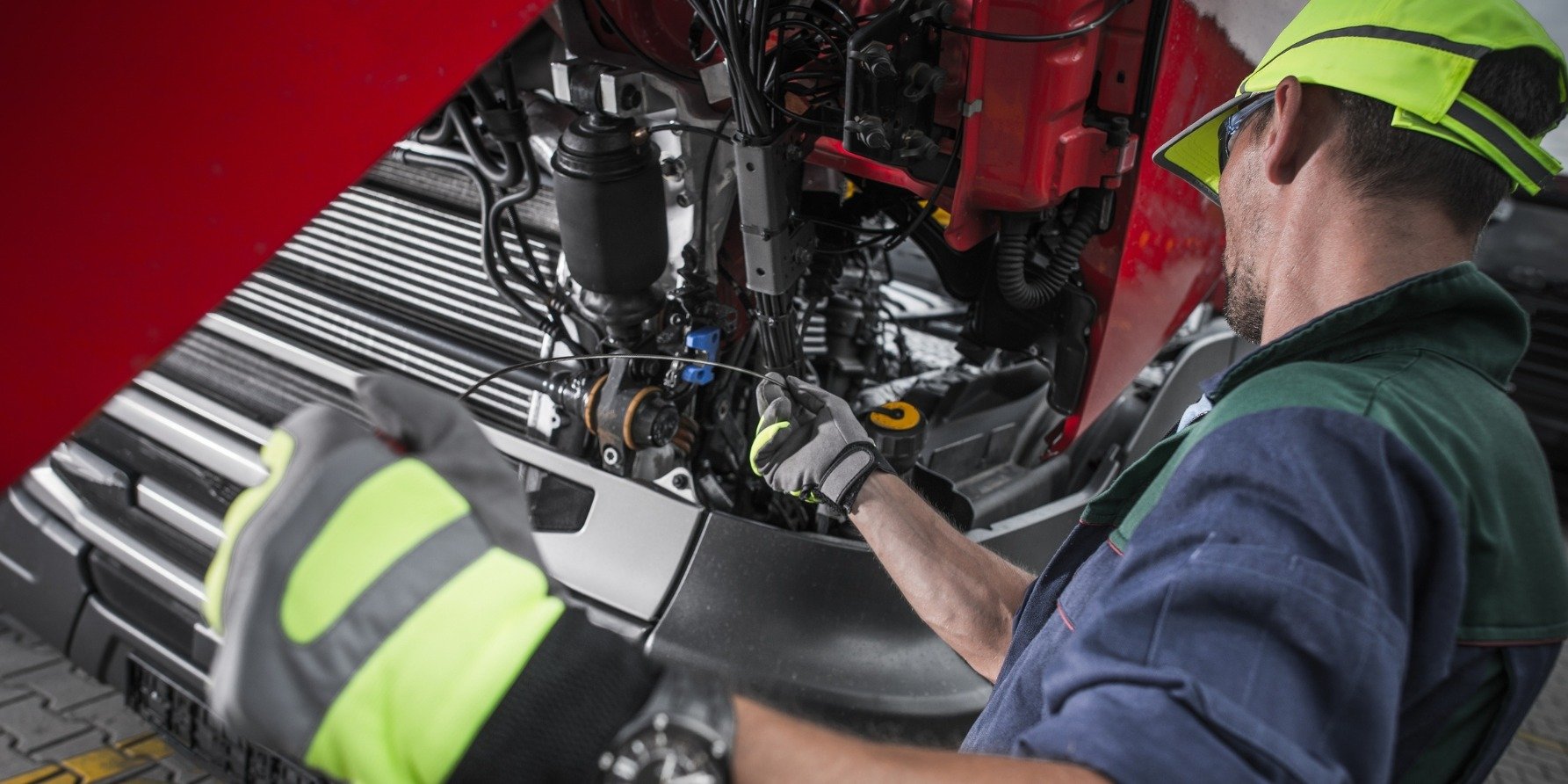
For heavy-duty repair shops, every service bay is a profit center waiting to be unlocked. When a bay sits idle or gets tied up in a half-finished job, you’re burning precious revenue. Here’s how to ensure no bay sits unused and every technician stays productive.
Why Bay Utilization Matters
An idle bay equals lost income and wasted overhead. You invest in that floor space, the lift, and the tools - if it isn’t consistently producing billable hours, your revenue and bottom line suffer. High bay utilization can dramatically boost your shop’s revenue without hiring more techs or adding more space.
Tracking bay utilization is straightforward:
- Bay Utilization % = (Billable hours produced in the bay) / (Total available hours).
If you’re only at 50 or 60%, there’s ample room to grow. Small, targeted changes in scheduling, shop layout, and processes can catapult your shop to higher throughput and better profit margins.
Smart Scheduling: No Bay Left Behind
- Create a Visual Schedule
Use a whiteboard, spreadsheet, or shop management software to show which job is in which bay and how long it should take. If one truck finishes early, pull the next job in - no downtime. - Blend Fast and Slow Jobs
Avoid letting major overhauls jam up every bay while simpler tasks wait. Dedicate one or two bays as “quick service” for inspections, tires, or PM jobs, so short repairs keep flowing while bigger tasks continue elsewhere. - Pre-Plan Parts and Approvals
It’s painful watching a bay sit idle because you’re waiting on an answer or a part. Order or pull stock in advance for scheduled jobs, and get the customer’s green light up front to minimize mid-repair delays. - Allow Buffer Time
Over-scheduling every minute of the day invites chaos if a job runs long or parts arrive late. A little breathing room helps keep your plan on track.
Dispatch and Work Management: The Right Tech, The Right Bay
- Match Tech Skills to the Job
If you have a transmission ace, don’t tie them up with simple tasks while a big gear-related job sits idle. Use a service manager or foreman to dispatch jobs so each tech and bay is utilized at peak efficiency. - Keep Techs Moving
Whenever a technician runs out of work or waits on parts, see if they can jump to another bay or help finish a teammate’s project. Prevent that dreaded downtime that leads to empty stalls. - Team Up on Heavy Repairs
Two techs working together can free a bay faster than one tech plugging away alone. If you finish a big job by 3 PM instead of 5 PM, that bay can squeeze in one more job before closing. - Stagger Breaks and Meetings
If everyone goes to lunch at once, the entire shop grinds to a halt. Split break schedules to ensure at least some bays remain active.
Layout Optimization: Design a Floor That Flows
- Separate Quick Jobs from Major Work
Assign easy-to-access bays near the door for quick maintenance tasks, and tuck major overhaul bays in back. This way, short jobs aren’t stuck behind big ones. - Equip Each Bay Properly
Try to make bays self-sufficient. Common tools, fluid stations, and parts for frequent jobs should be right there, not across the shop. Minimizing a technician’s walking time maximizes their wrenching time. - Clear Paths and Organized Storage
A labyrinth of parked trucks or random tool clutter equals wasted minutes. Keep aisles open so vehicles can get in and out quickly. Store jacks, stands, and large equipment in predictable, labeled zones so techs don’t waste time hunting. - Plan Parking and Staging
Finished vehicles can clog up a bay if there’s nowhere else to put them. Designate a staging area for trucks waiting on parts, customer pickup, or final authorization. Bays are for repairs, not storage.
Leveraging Technology to Track and Improve
Shop management software is your digital ally. You can:
- See Real-Time Bay Status – Instantly know which bays are tied up, who’s working on what, and whether a vehicle is awaiting parts or approvals.
- Simplify Scheduling – Software-based scheduling boards let you drag and drop jobs, spot open slots, and avoid overbooking.
- Track Hours and Productivity – Techs clock in and out on each job, letting you measure utilization, efficiency, and idle time in detail.
- Automate Communication – Parts alerts, progress updates, and quick messaging can slash downtime and speed up parts delivery, so bays don’t stall.
Use metrics (like total bay hours billed per day or week) to set goals. Celebrate it when your shop hits a high utilization figure, and dig into the cause when it dips.
Common Pitfalls
- Vehicles Camping on Lifts
It’s tempting to leave a partially repaired truck on a lift until parts arrive. But that bay is out of action the whole time. If possible, roll it out and free up the lift. - Chaotic or Nonexistent Scheduling
First-come, first-served without any scheduling system often leads to bottlenecks in the morning and idle bays in the afternoon. Even a simple plan helps stabilize flow. - Parts Delays
Nothing kills bay utilization faster than missing parts. Keep an organized parts inventory, develop good supplier relationships, and schedule repairs only when you’re confident the parts are in hand or have a solid ETA. - Poor Layout
A clumsy shop floor or limited parking can force you to shuffle multiple vehicles just to get one out. That wasted time means idle bays and stressed-out techs. - No Performance Tracking
If you don’t measure utilization, you can’t effectively improve it. Regularly review actual hours billed per bay, find patterns, and fix what isn’t working.
Putting It All Together: Real-World Wins
- Small Shop, Big Revenue: Some four-bay shops produce $1.5 million or more annually by carefully scheduling each bay and never letting vehicles sit idle waiting for an OK.
- Team Dispatch Success: An owner who dispatches jobs in real time often keeps multiple bays rolling simultaneously. If a parts delay stalls one job, another tech or a quick job replaces it immediately.
- Steady Growth: Multi-bay operations that track “revenue per bay” each month can discover which locations or bays underperform and then apply changes - sometimes boosting throughput without adding a single new lift.
Conclusion: Turn Every Bay into a Profit Engine
Every heavy-duty repair shop has only so much space and so many hours in a day. Optimizing bay utilization is how you squeeze more revenue out of the same footprint. By refining your scheduling, dispatching, and layout, and by leveraging tools like shop management software for visibility, you can keep those bays humming with productive work.
Start small: track your current bay usage, identify quick wins (like a dedicated express bay or reorganizing tools to cut downtime), and measure the difference. You’ll likely see higher weekly revenue, shorter turnaround times, and a happier team. Because when every bay is full and every tech is busy, your whole shop thrives.
.png?width=1500&height=1500&name=11%20(1).png)








.png?width=1500&height=1500&name=1%20(1).png)

%20-%20Copy.png?width=1500&height=1500&name=2%20(1)%20-%20Copy.png)



